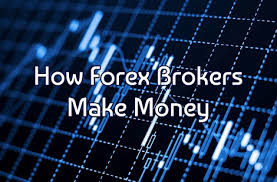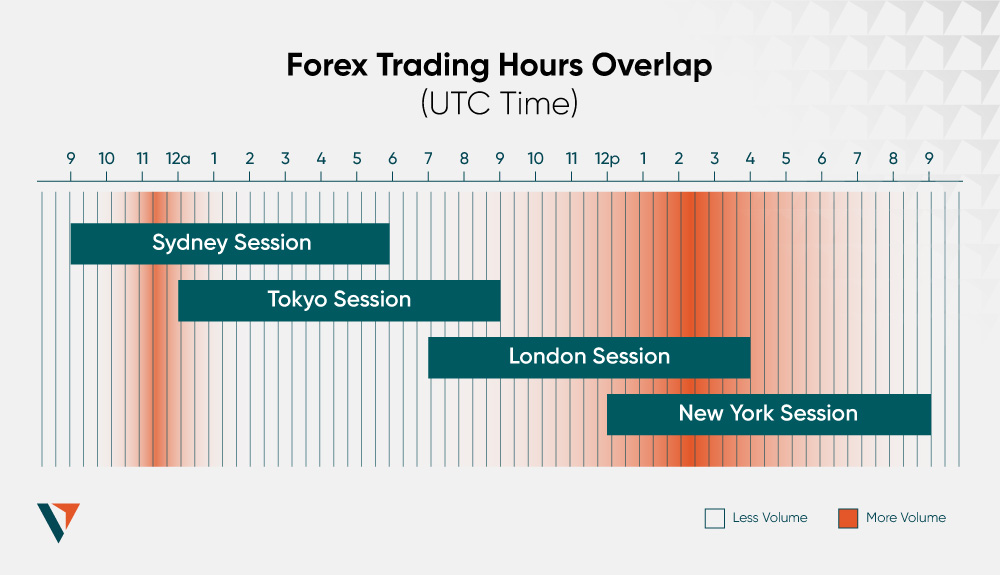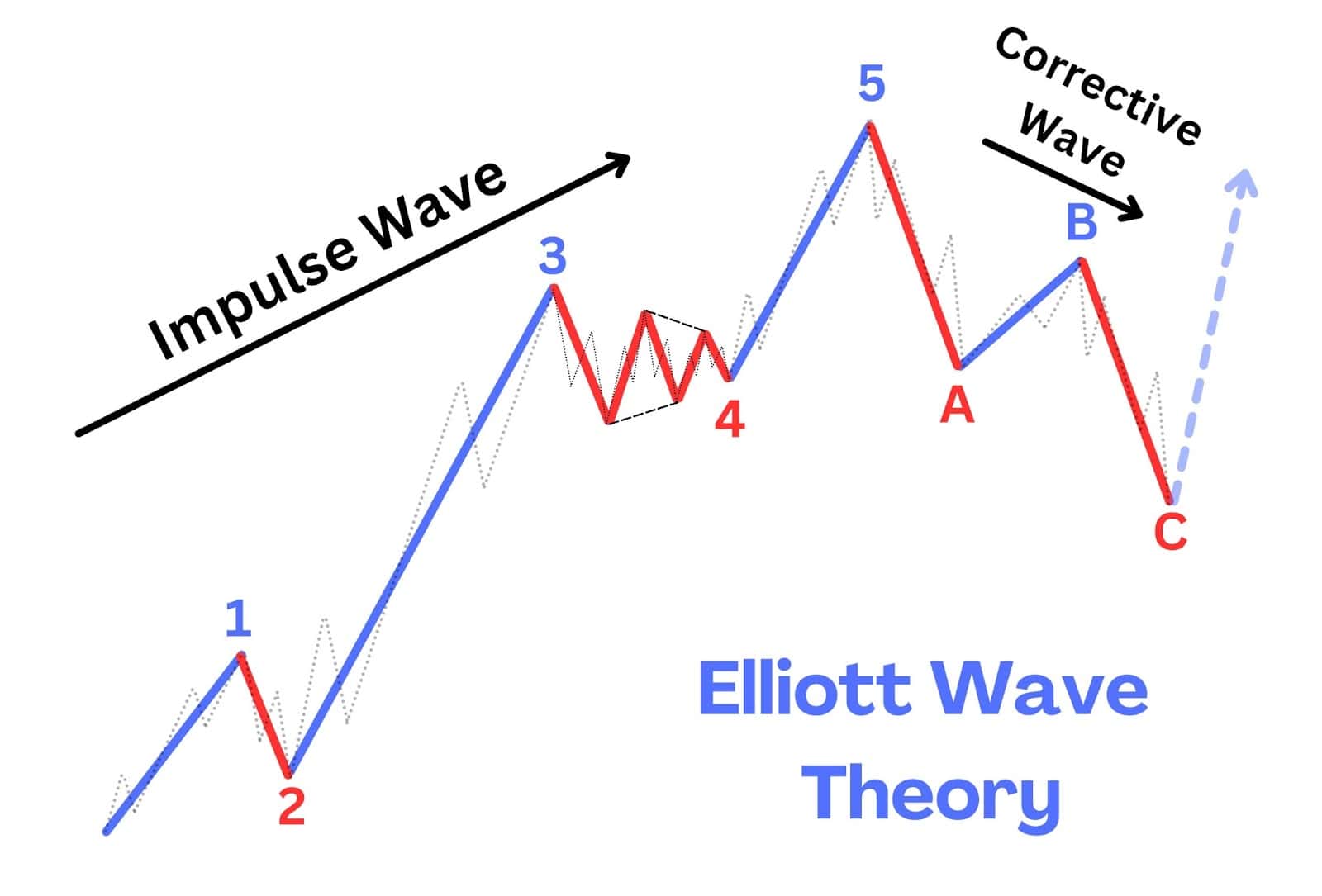💰 How Forex Brokers Make Money: Complete Breakdown
The Forex market is the largest and most liquid financial market in the world, with over $7 trillion traded daily. But while traders aim to make profits by buying and selling currencies, brokers facilitating these trades also earn money — regardless of whether their clients win or lose. So how do Forex brokers make money?
In this article, we’ll explore the different revenue models, types of brokers, and hidden fees that help Forex brokers profit in this highly competitive industry.
📌 1. Types of Forex Brokers
Before diving into how they make money, it’s important to understand the two main types of Forex brokers:
A. Dealing Desk Brokers (Market Makers)
These brokers create a market for their clients and take the opposite side of their trades. This means:
- If you buy, they sell.
- If you sell, they buy.
They don’t pass your orders to the interbank market but fill them internally.
B. No Dealing Desk Brokers (NDD)
These brokers act as intermediaries, sending your trades to liquidity providers (banks, hedge funds, or larger brokers). NDD brokers are further divided into:
- STP (Straight Through Processing): Orders are sent directly to liquidity providers.
- ECN (Electronic Communication Network): Traders trade directly with other participants on a network.
Each broker type has a different way of profiting.
💸 2. Spreads: The Core Revenue Stream
What is a Spread?
The spread is the difference between the bid price (selling price) and the ask price (buying price) of a currency pair. For example:
- EUR/USD: Bid = 1.1000, Ask = 1.1002
- Spread = 2 pips
How Brokers Make Money from Spreads
When you enter a trade, you instantly incur a cost equal to the spread. This cost goes directly to the broker.
Types of Spreads:
- Fixed Spread: Always the same (e.g., 2 pips), regardless of market volatility.
- Variable Spread: Changes with market liquidity and volatility — lower during high activity, wider during low liquidity.
Example:
- Broker offers 2 pip fixed spread on EUR/USD.
- You trade 1 standard lot (100,000 units).
- Each pip = $10.
- Broker earns: 2 pips × $10 = $20 per trade.
Multiply this by thousands of traders daily — it’s easy to see how this becomes a substantial income stream.
💼 3. Commissions and Transaction Fees
Not all brokers use spreads alone. Many ECN and STP brokers offer tight spreads but charge a commission per trade, such as:
- $3 per side (buy/sell) for every 100,000 traded.
This method is more transparent and often preferred by professional traders.
Why charge commissions?
- ECN brokers don’t control spreads.
- They pass trades to liquidity providers and need another income source.
Example:
- You trade 2 standard lots of USD/JPY.
- Commission = $3 per lot per side.
- Total fee = 2 × $3 × 2 = $12.
Multiply that across multiple trades daily, and the broker builds consistent income.
🏦 4. Markup on Spreads
Some STP brokers add a markup to the raw spreads provided by liquidity providers. For instance:
- Liquidity provider spread = 0.1 pips
- Broker offers spread = 0.6 pips
- Markup = 0.5 pips
- Broker keeps the 0.5 pip difference.
This markup is effectively another hidden fee traders pay indirectly.
⚠️ 5. Trading Against Clients (Dealing Desk Profits)
Market maker brokers (dealing desk) may profit from client losses.
How?
- When you lose money, they gain, because they took the opposite side of your trade.
- If a client wins, the broker pays out.
- If most clients lose over time (which statistics show they do), brokers can profit from the net losses.
This method is controversial and can pose conflicts of interest. However, brokers use risk management systems and hedging strategies to minimize their own exposure.
📊 6. Swap Fees (Overnight Financing)
When you hold a position overnight, your broker may charge (or pay) you a swap fee, also known as a rollover fee.
These fees depend on:
- The interest rate differential between the two currencies.
- Whether you’re long or short.
- Broker policy.
Brokers may charge more than they pay to you, keeping the difference.
Example:
- You hold EUR/USD long.
- Interest from interbank: -$1.00
- Broker charges: -$2.00
- Profit to broker: $1.00
For traders who hold positions for days or weeks, these charges add up quickly.
🛠 7. Additional Fees and Services
Forex brokers also make money from various non-trading services:
A. Deposit/Withdrawal Fees:
- Small charges for processing funds (especially via credit cards or certain wallets).
B. Inactivity Fees:
- Monthly or yearly fees charged to accounts that remain idle.
C. VPS or Trading Tools:
- Brokers may offer premium tools (e.g., virtual private servers, signal services) at a monthly fee.
D. Training & Educational Products:
- Some brokers monetize their education portals through subscriptions or upselling.
📈 8. Introducing Brokers (IB) and Affiliate Revenue
Forex brokers often partner with introducing brokers or affiliates who refer new clients.
- Brokers share revenue (a portion of spread or commissions) with these partners.
- This helps brokers grow their user base without spending on direct advertising.
Some affiliates make six-figure incomes simply by referring high-volume traders.
✅ How Brokers Ensure Long-Term Profitability
Reputable brokers aim to retain clients long-term. Instead of squeezing clients with high fees, they focus on:
- Transparency: Showing real-time spreads, commissions, and swap rates.
- Fair execution: Avoiding requotes or slippage manipulation.
- Education: Helping traders become profitable (so they trade more over time).
- Technology: Offering robust trading platforms and analytics.
📚 Final Thoughts
Forex brokers have several ways to make money — through spreads, commissions, markups, swap fees, and even trading against clients. The method depends on their business model and whether they’re a dealing desk or non-dealing desk broker.
As a trader, your job is to:
- Understand your broker’s pricing structure.
- Compare total trading costs (spread + commission + swaps).
- Choose a regulated broker with transparent practices.
Remember: the broker always makes money — even if you don’t. So trade smart, manage risk, and always read the fine print.




